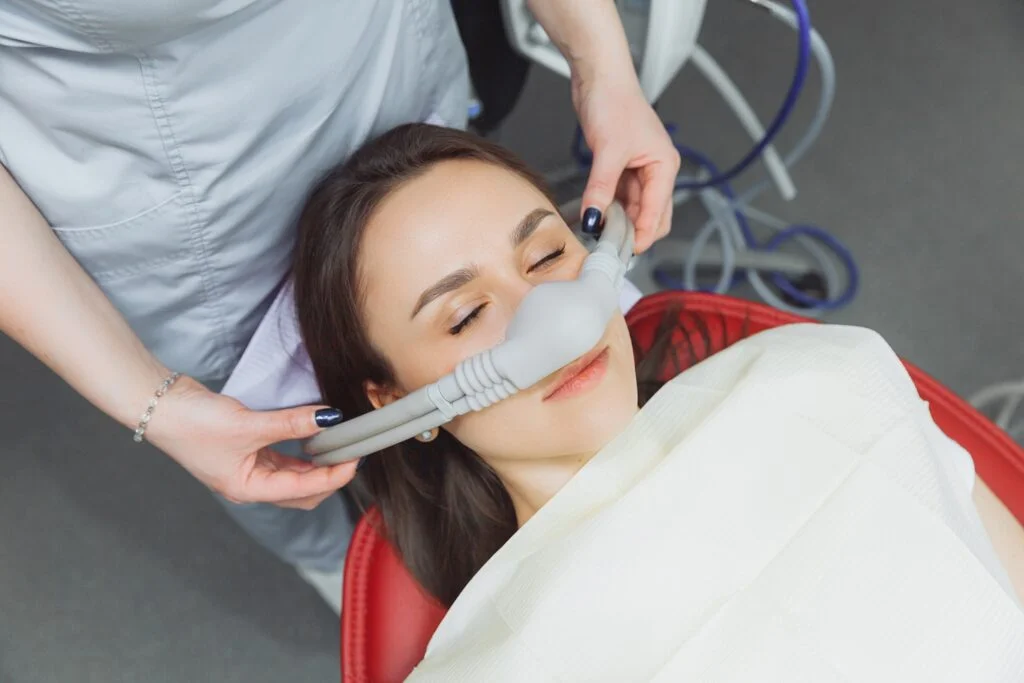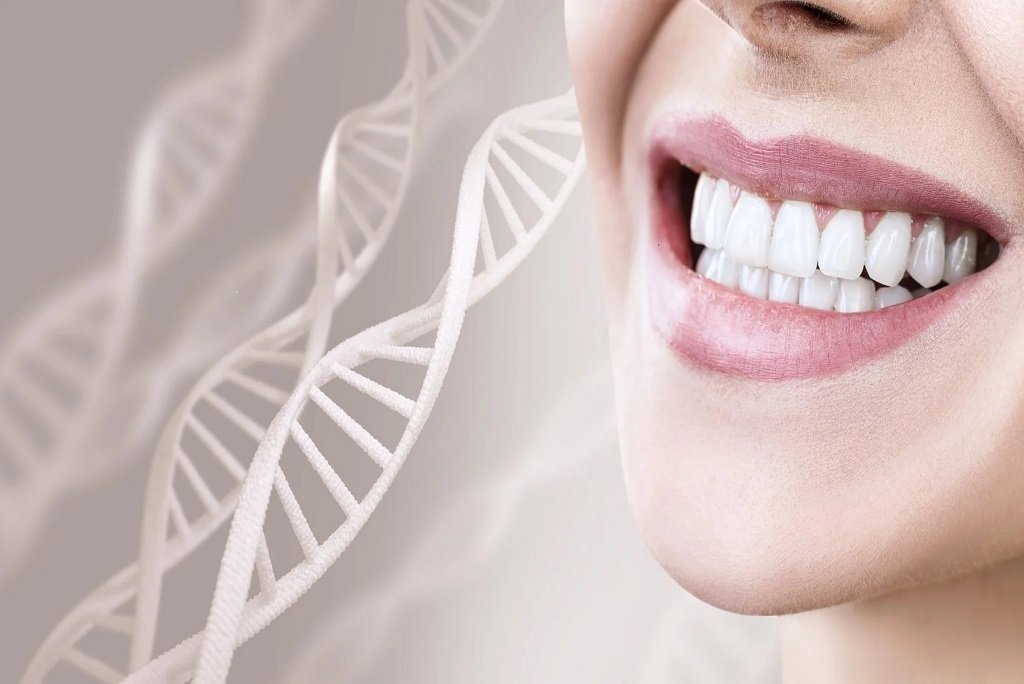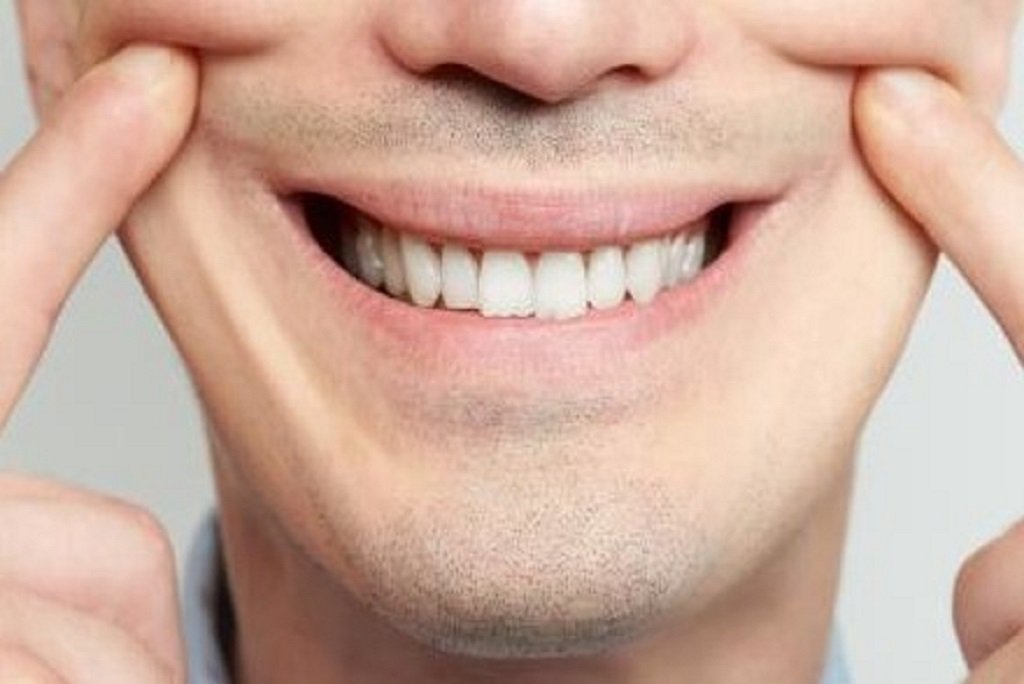Sleep Dentistry – How Dentists Are Helping Diagnose and Treat Sleep Apnea
Traditionally, dentistry has been associated with oral health, restorations, and esthetics. But in recent years, dentistry has expanded into a field that reaches far beyond the mouth. One such area is dental sleep medicine, a relatively new and rapidly growing specialty where dentists are helping identify, co-diagnose, and treat obstructive sleep apnea (OSA).
Understanding Sleep Apnea
Sleep apnea is characterized by repeated interruptions in breathing during sleep. The most common type, Obstructive Sleep Apnea (OSA), occurs when the upper airway becomes partially or fully blocked due to soft tissue collapse or tongue displacement.
Some of the well-documented risk factors include obesity, anatomical variations (like a retruded mandible, narrow airway, or enlarged tonsils), and advancing age. Left untreated, OSA can contribute to:
- Hypertension and cardiovascular disease
- Type 2 diabetes
- Increased risk of stroke
- Daytime fatigue, poor concentration, and higher accident risk
Despite these serious consequences, OSA remains vastly underdiagnosed, in part because many patients attribute symptoms like snoring or fatigue to lifestyle or aging.
Why Dentistry Has a Role
Dentists often see their patients more frequently than physicians, and routine oral examinations give them a unique opportunity to recognize anatomical and functional markers of sleep-disordered breathing. Clinical signs that may prompt suspicion include:
- Bruxism-related wear facets on teeth
- Scalloped tongue or erythematous soft palate
- Narrow maxillary arch or retrognathia
- Enlarged tonsils, adenoids, or elongated uvula
- Evidence of chronic mouth breathing
This early detection is what makes sleep dentistry such a promising adjunct to traditional sleep medicine.
Sleep Dentistry: A New Frontier in Care
While dental sleep medicine is still a relatively new subspecialty, it has quickly established itself as a critical component of OSA management. The dentist’s role often includes:
1. Screening and Co-Diagnosis
Dentists can perform preliminary screening using validated tools such as the STOP-BANG questionnaire or Epworth Sleepiness Scale, combined with intraoral evaluation. Suspected cases are referred to sleep physicians for confirmation via polysomnography or home sleep tests.
2. Oral Appliance Therapy (OAT)
For patients with mild to moderate OSA or those intolerant to CPAP therapy, dentists can fabricate custom mandibular advancement devices (MADs) or tongue-retaining devices.
- MADs reposition the mandible and tongue anteriorly, reducing airway obstruction.
- They are more comfortable and portable than CPAP, improving patient compliance.
- Success depends on careful titration, monitoring, and follow-up adjustments by trained dental professionals.
3. Interdisciplinary Collaboration
Sleep dentistry thrives on a team-based model. Dentists collaborate with ENT specialists, pulmonologists, and sleep physicians to deliver comprehensive care. This interdisciplinary approach ensures that OSA treatment is not only effective but also tailored to each patient’s needs.
4. Long-Term Monitoring
Just like prosthodontic appliances, oral sleep devices require regular follow-ups. Dentists assess appliance fit, check for occlusal changes, and monitor symptom relief. Objective outcomes, like repeat sleep studies, are also recommended to evaluate long-term efficacy.
Why This Matters: For Patients and the Profession
For patients, this means that a dental visit could lead to the recognition of a potentially life-threatening condition. For dentists, it signals the broadening scope of practice into systemic health, reinforcing dentistry’s role as a gateway to overall well-being.
Dental sleep medicine is still in its early stages compared to established fields like prosthodontics or orthodontics. Yet, it represents one of the most exciting developments in modern dentistry. Professional bodies such as the American Academy of Dental Sleep Medicine (AADSM) are setting guidelines and training programs to standardize care.
As awareness grows, dentists trained in sleep medicine will be at the forefront of addressing a condition that affects millions but remains undiagnosed in most cases.
Conclusion
Sleep dentistry is more than a new buzzword, it is a growing specialty that positions dentists as critical partners in identifying and managing sleep apnea. For patients, that means your next dental appointment could be about much more than your teeth, it could be about saving your sleep, your health, and perhaps your life.











